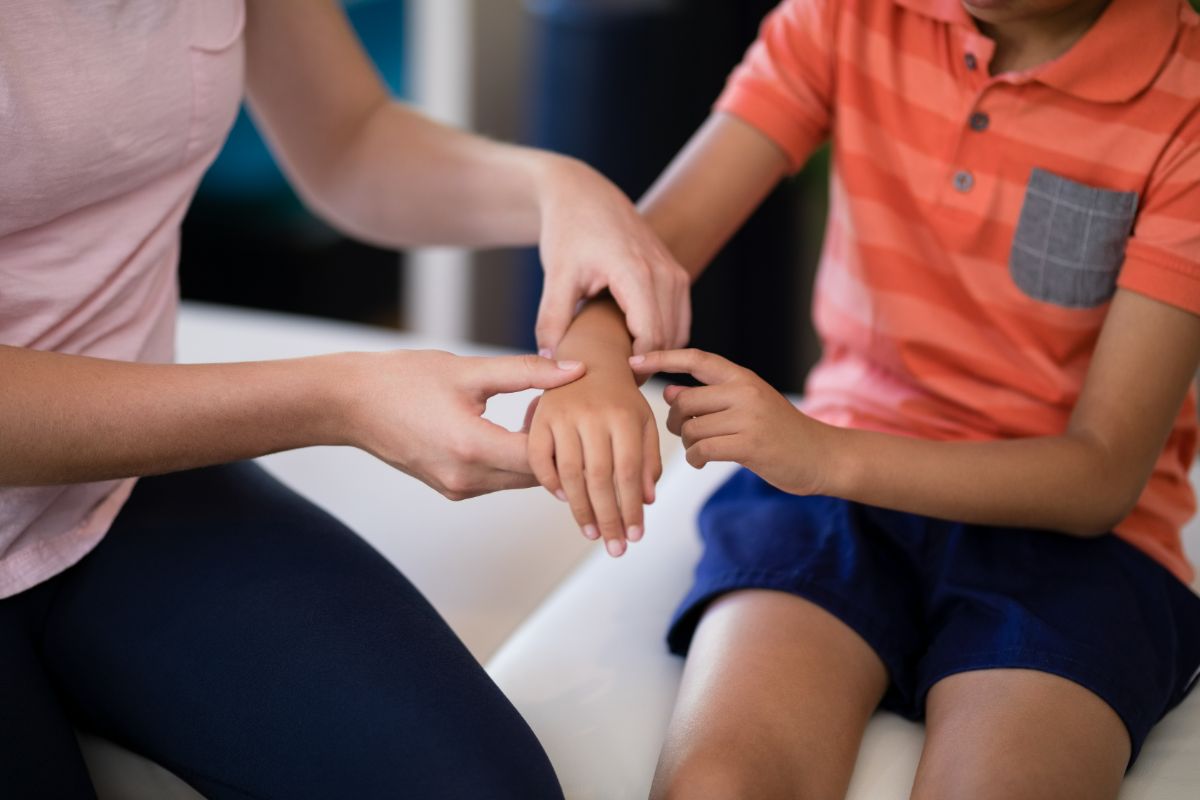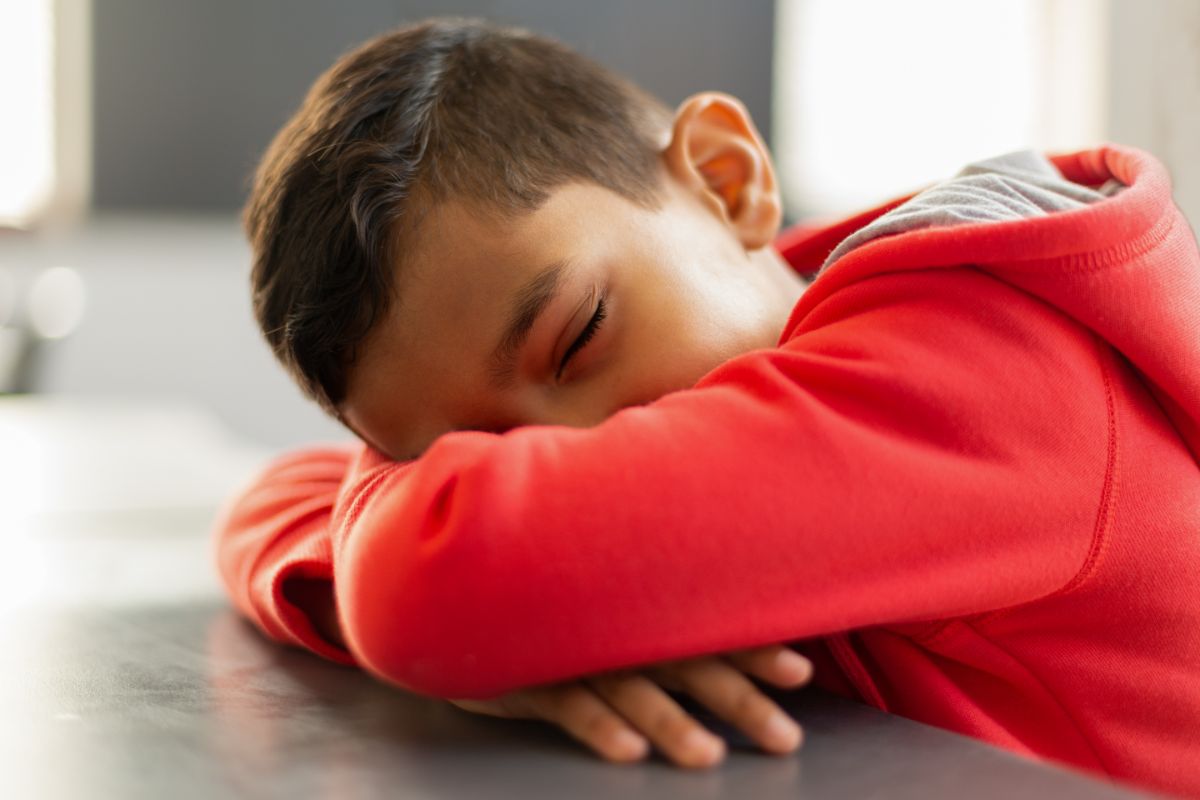Overview
- Rheumatism is a chronic condition that affects joints, muscles, and connective tissues, impacting people of all ages, including children.
- Juvenile idiopathic arthritis, a common form of rheumatism in children, causes joint inflammation and stiffness, leading to mobility challenges and overall well-being.
- Recognizing signs of rheumatism in children, such as joint pain, swelling, limping, fatigue, and limited range of motion, is crucial for early diagnosis and effective management.
Experiencing pain, particularly in our joints, is unavoidable in life due to various factors such as injuries, muscle exhaustion, or other factors. However, one condition that should never be taken lightly is rheumatism.
In this article, we will delve into rheumatism and highlight that, despite being common in older individuals, it also affects children. By identifying symptoms of rheumatism in children and its early signs, we can play a crucial role in alleviating the pain it brings and advocating for better treatment and care.
What is Rheumatism?
Rheumatism, also known as rheumatic disease, encompasses a wide range of conditions that affect the body's joints, muscles, and connective tissues. This can include arthritis, lupus, fibromyalgia, and gout.
It is a chronic condition that can vary in severity and may require ongoing management and treatment to help alleviate symptoms and improve quality of life. It commonly affects older adults, particularly those over 65, but it can also impact people of all ages, including children.
In children, rheumatism can manifest as juvenile idiopathic arthritis, a chronic condition that causes joint inflammation and stiffness. This condition can significantly impact daily activities regardless of age, leading to mobility, independence, and overall well-being challenges.
What are the Symptoms of Rheumatism in Children?
Diagnosing rheumatism in children can be challenging as symptoms may present differently than in adults. However, here are some of the most common signs and symptoms of this condition that you might need to watch out for:
Joint Pain and Stiffness
Rheumatism in children can manifest with joint pain and stiffness that may vary in severity and location. The joints affected by rheumatism can become swollen, red, and warm to the touch.
Children may find it challenging to move the affected joints, leading to limitations in their range of motion. These symptoms can fluctuate over time, with flare-ups of increased pain and stiffness alternating with periods of milder symptoms.
Swelling Around the Joints

Swelling around the joints, or joint effusion, can be a distressing symptom of rheumatism in children. The inflammation within the joint capsule leads to fluid accumulation, causing the joint to appear swollen and puffy.
This swelling may be visually noticeable and can be felt by touch, with the affected area feeling firm or tender. The warmth and redness that often accompany the swelling can also indicate ongoing inflammation in the joint.
Limping or Favoring a Limb
Limping or favoring a limb is a common manifestation of rheumatism in children, especially when a specific joint is affected by inflammation. Children may display an altered gait pattern, such as limping or favoring one side, to alleviate pressure on the painful joint and reduce discomfort during movement.
This change in walking pattern can be particularly evident after periods of rest or upon waking in the morning, as stiffness and pain tend to be more pronounced at these times.
Fatigue and Irritability

The chronic pain and inflammation associated with the condition can contribute significantly to feelings of fatigue, even when the child has had sufficient rest or sleep.
The persistent discomfort and reduced mobility caused by rheumatism can be physically draining, leaving the child feeling tired and lacking in energy. The frustration of being unable to participate in activities or perform tasks as easily as before can also cause irritability and low tolerance to everyday stressors.
Limited Range of Motion
Due to pain, stiffness, or swelling, kids may find it challenging to extend or flex their joints as they normally would fully. This limitation in movement can significantly impact their ability to engage in various activities of daily living, participate in sports, and maintain overall mobility.
The reduced range of motion can also hinder children from performing simple tasks such as tying shoelaces, reaching for objects on higher shelves, or combing their hair. It may also affect a child's physical development and overall well-being, potentially leading to decreased muscle strength and endurance.
How to Treat Rheumatism in Children?
While there is no cure for rheumatism, various treatment modalities can help alleviate pain and discomfort, enhance mobility, and promote long-term joint health in children.
Here are some key strategies commonly employed in the management of rheumatism in pediatric patients:
Take Prescribed Medications
Healthcare providers often recommend various medications tailored to each child's needs and the severity of the condition. These medications may include nonsteroidal anti-inflammatory drugs (NSAIDs).
It works by inhibiting enzymes called cyclooxygenases that are involved in the production of prostaglandins, which play a key role in inflammation and pain.
Another one is disease-modifying antirheumatic drugs (DMARDs), which are a class of medications that target the underlying disease process in rheumatism. They modulate the immune system and reduce the abnormal immune response that leads to inflammation and joint damage.
They can also help slow the progression of rheumatism, prevent joint deformities, and improve long-term outcomes for children.
Physical Therapy and Exercise
Physical therapy also plays a crucial role in managing rheumatism in children by addressing specific needs and limitations related to joint mobility, strength, and function.
It aims to alleviate pain, reduce stiffness, and enhance overall physical function through targeted interventions such as stretching, range-of-motion, and therapeutic modalities like heat or ice therapy.
Aside from these sessions, incorporating regular exercise into a child's routine can also benefit their musculoskeletal health and overall well-being. Swimming, biking, and low-impact aerobics are often recommended for children with rheumatism due to their gentle nature and minimal joint stress.
These forms of exercise can help maintain joint function, improve cardiovascular fitness, promote muscle tone, and boost mood and energy levels.
Joint Protection and Assistive Devices
Joint protection techniques involve adopting proper body mechanics, modifying activities, and using ergonomic tools to reduce joint strain during daily tasks.
For example, teaching a child how to lift objects correctly, avoiding repetitive movements that strain the joints, and maintaining good posture can all help preserve joint health and prevent exacerbation of symptoms.
Assistive devices also play a crucial role in supporting joint alignment and function, especially during activities that require physical exertion or repetitive motion.
These tools are designed to accommodate joint mobility and strength limitations, allowing children to maintain their functional abilities and participate in various activities.
Nutritional Support and Lifestyle Modifications
A balanced diet rich in anti-inflammatory foods, such as fruits, vegetables, whole grains, and fatty fish, can contribute to overall health and potentially reduce rheumatism-related inflammation.
Encouraging healthy lifestyle habits, including adequate sleep, stress management, and maintaining a healthy weight, can complement medical treatment and promote optimal outcomes for children with rheumatism.
Plus, avoiding triggers such as certain foods or environmental factors that may exacerbate symptoms can be beneficial in managing the condition.
Key Takeaway
Early recognition of rheumatism in children, combined with comprehensive treatment and ongoing care, is essential for effectively managing this condition. With timely intervention and appropriate treatment strategies, children with rheumatism can thrive despite the challenges posed by their condition.
That’s why prompt attention and treatment are needed as you spot any signs of rheumatism. At The Generics Pharmacy, we understand the importance of relieving your child's discomfort effectively.
Visit our online store today to find a wide range of medicines to ease the pain of rheumatism symptoms and other common childhood ailments. Don't let pain or inflammation disrupt your child's daily activities anymore. Take action now and trust TGP for quality medications!


